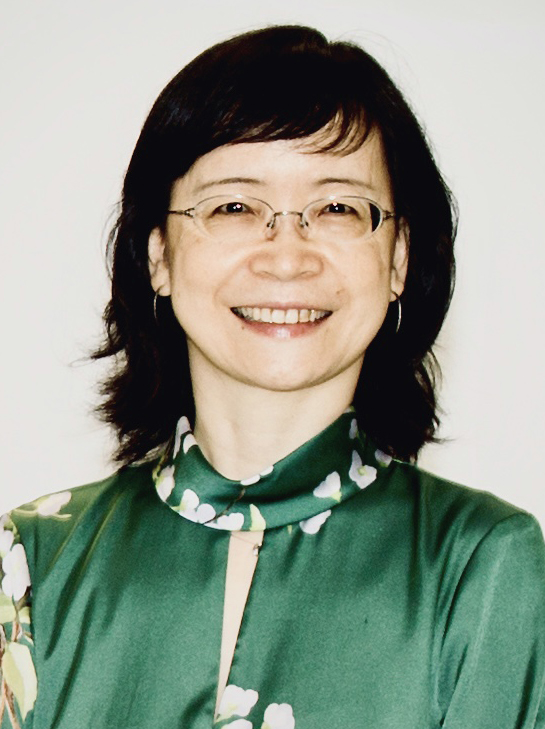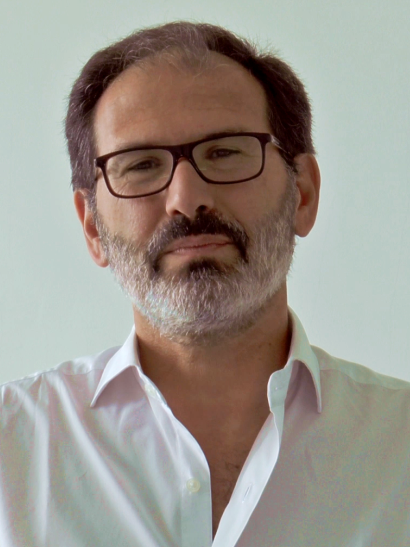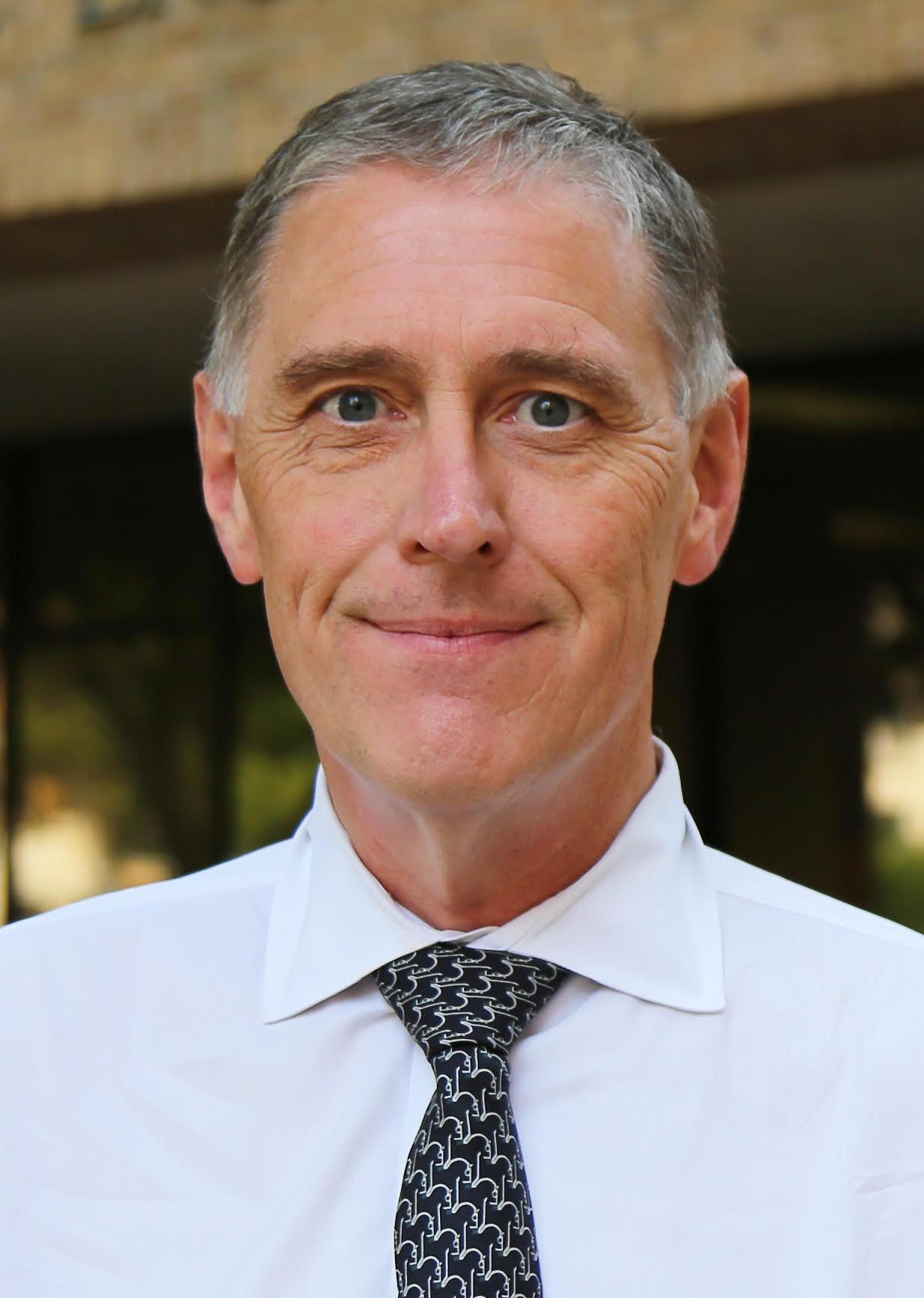Plenary Speakers

Professor Rong Wang
Nanyang Technological University (Singapore)
Bioprogrammable reverse osmosis membranes for energy-efficient water reuse and seawater desalination: from lab-scale development to commercial-scale translation
In this presentation, recent advances in brackish water RO (BWRO) and seawater RO (SWRO) membranes will bereviewed. Our progress in developing novel bio-programmable BWRO hollow fiber membrane and SWRO flat sheetmembrane at the Singapore Membrane Technology Center of Nanyang Technological University will be introduced indetail. In particular, our efforts in scaling up membrane production to raise the technology readiness level and ourexperience in collaborating with the industries to push the technology towards commercialization will be the mainhighlight of this presentation.

Professor João Crespo
FCT Universidade Nova de Lisboa Portugal (Portugal)
Monitoring and modelling of membrane bioprocesses
This lecture will discuss the use of different techniques for monitoring of membrane processes, inparticular for membrane bioprocesses. Selected case-studies will be presented and discussed usingtechniques for monitoring, and as a support for modelling, of relevant membrane bioprocessingapplications, namely for protein fractionation and crystallization, the recovery of volatile bioactivecompounds, transport of gases, and for the design of encapsulation and delivery systems.

Professor Benny Freeman
The University of Texas at Austin (USA)
Emerging Basic Science Questions Regarding Water and Ion Transport in Polymers for Water Purificationand Resource Recovery
Synthetic polymer membranes play a significant role in water purification today and are poised to be even more important in the future as more highly impaired waters are purified and as the need for resources found in such waters, such as lithium, grow extraordinarily rapidly. Transport of water and ions in polymers is at the heart of these applications, such as concentration driven reverse osmosis and electric field driven electrodialysis. Old questions regarding the fundamental mechanism of water transport in polymers are being re-asked, providing fresh challenges to what has been regarded as well-resolved, settled science in the field. In many proposed new applications, such as lithium recovery from brine, ion concentrations are much higher than in earlier applications, such as brackish and seawater desalination. Both thermodynamic and dynamic nonideal phenomena related to ion pairing/association, which are not accounted for in traditional models for desalination membranes, become increasingly important in these new applications. This presentation will highlight open questions in the field and future opportunities.

